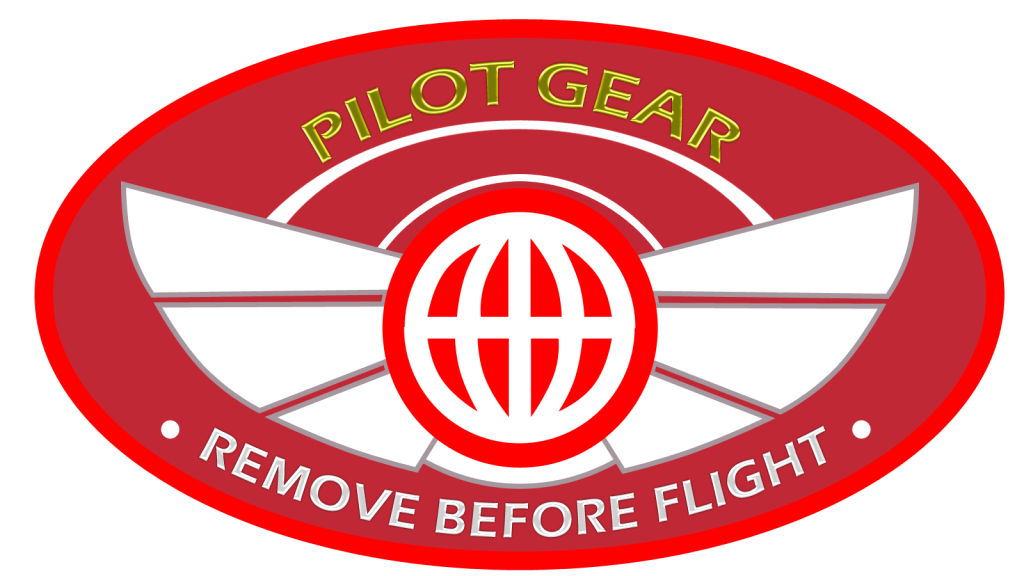Understanding the Air Service License
An Air Service License (ASL) in South Africa is a regulatory document issued by the Civil Aviation Authority (CAA) that permits an entity to operate an aircraft for commercial purposes. This includes activities such as scheduled and non-scheduled air transport, aerial work, and flying training. Obtaining an ASL is a rigorous process that involves meeting stringent safety and operational standards.
Key Requirements for Obtaining an Air Service Licence (ASL)
- Corporate Structure: The applicant must be a South African company or a foreign company with a branch registered in South Africa.
- Financial Stability: The applicant must demonstrate sufficient financial resources to support the proposed air service operations. This typically involves providing financial statements and a business plan.
- Personnel Qualifications: The applicant must have qualified personnel in place, including pilots, maintenance engineers, and operations staff. These individuals must meet the licensing and training requirements set by the CAA.
- Aircraft and Equipment: The applicant must have suitable aircraft and equipment that comply with the CAA’s airworthiness standards. This includes regular inspections, maintenance, and record-keeping.
- Operational Procedures: The applicant must develop and implement comprehensive operational procedures that ensure safe and efficient air service operations. These procedures cover areas such as flight planning, crew training, and emergency procedures.
The Application Process
- Pre-Application Consultation: It is recommended to consult with the CAA prior to submitting a formal application. This allows for clarification of requirements and potential challenges.
- Submission of Application: The application must be submitted to the CAA in the prescribed format, accompanied by all necessary supporting documents.
- Assessment and Inspection: The CAA will review the application and conduct inspections of the applicant’s facilities, aircraft, and personnel.
- Issuance of ASL: If the applicant meets all the requirements, the CAA will issue an ASL. However, the license may be subject to conditions or restrictions.
Ongoing Compliance
Once an ASL is issued, the holder must comply with the CAA’s ongoing regulatory requirements. This includes:
- Safety Audits: Regular safety audits will be conducted to ensure compliance with safety standards.
- Maintenance and Inspections: Aircraft must be maintained and inspected in accordance with the CAA’s airworthiness regulations.
- Personnel Training: Pilots and other personnel must undergo regular training to maintain their skills and knowledge.
- Reporting Requirements: The ASL holder must report incidents, accidents, and other significant events to the CAA.
Conclusion
Obtaining an Air Service License in South Africa is a complex process that requires careful planning and preparation. By understanding the key requirements and following the application process, potential applicants can increase their chances of success. Ongoing compliance with regulatory standards is essential for maintaining the ASL and ensuring safe and efficient air service operations.
Additional Resources:
- South African Civil Aviation Authority (CAA) website: https://www.caa.co.za/
- Aviation Industry Association of South Africa (AIAASA) website: https://www.caasa.co.za/
Types of Air Service and Aircraft Categories in South Africa
Types of Air Service
The South African Civil Aviation Authority (CAA) categorizes air services into three main classes:
Class I: Scheduled Air Transport
- S1: Transport of passengers between two or more specified points.
- S2: Transport of cargo or mail between two or more specified points.
Class II: Non-Scheduled Air Transport
- N1: Transport of passengers.
- N2: Transport of cargo or mail.
Class III: General Air Service
- G01: Acrobatic operations.
- G02: Advertising operations.
- G03: Aerial patrol, observation, and survey.
- G04: Aerial recording by photographic or electronic means.
- G05: Agricultural spraying, seeding, and dusting.
- G06: Cloud spraying, seeding, and dusting.
- G07: Emergency medical service.
- G08: Fire spotting, control, and fighting.
- G10: Game and livestock selection, culling, counting, and herding.
- G11: Parachute dropping operations.
- G12: Semi-acrobatic operations.
- G13: Spraying, seeding, and dusting operations other than for agricultural purposes and clouds.
- G14: Tug operations.
- G15: Undersling and winching operations.
- G16: Other general air service operations as specified in the license.
Categories of Aircraft Used to Provide the Air Service
The CAA also categorizes aircraft based on their maximum certificated mass:
- A1: Any aircraft (excluding a helicopter) with a maximum certificated mass exceeding 20,000 kilograms.
- A2: Any aircraft (excluding a helicopter) with a maximum certificated mass exceeding 5,700 kilograms but not exceeding 20,000 kilograms.
- A3: Any aircraft (excluding a helicopter) with a maximum certificated mass exceeding 2,700 kilograms but not exceeding 5,700 kilograms.
- A4: Any aircraft (excluding a helicopter) with a maximum certificated mass of 2,700 kilograms or less.
- H1: Any multi-engine helicopter.
- H2: Any single-engine helicopter.
Note: To obtain an Air Service License (ASL) in South Africa, applicants must specify the type of air service they intend to provide and the corresponding aircraft category they will use. The CAA will evaluate the applicant’s suitability based on these factors, along with other regulatory requirements

